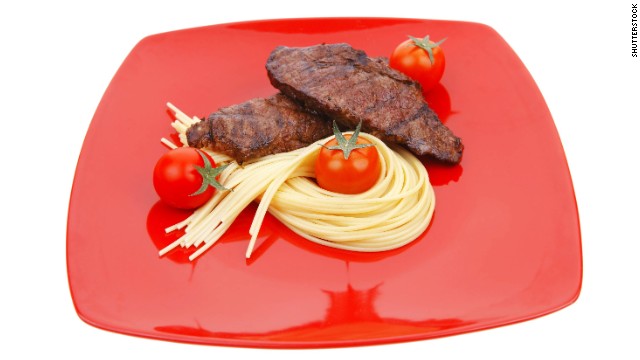
For adults with autism, having the chance to work somewhat independently may lead to a reduction in symptoms of the disorder, a new study suggests.
The research puts new emphasis on the potential for adults with autism to develop and improve over their lifetimes, said study author Julie Lounds Taylor, an assistant professor of pediatrics at Vanderbilt University, in Nashville.
“We have assumed it’s really hard to budge autism symptoms in adulthood. Drugs are targeted to problems like acting out, for example,” she said. “But this study suggests that these adults need a place where they’re intellectually stimulated, and then we’ll see a reduction in symptoms.”
The challenge is to find the right fit between a person’s abilities and interests and a specific job, she explained.
“How independent can they be and what are the risks of failure? We have to be careful. You’re talking about a huge range of people with autism,” Taylor said. “I’ve seen people who can manage pretty high-level jobs, like computer programming or being in the military, while others have more [mental] challenges, but can still work a job in the community with support.”
Autism spectrum disorders are a class of neurodevelopmental disorders defined by difficulties with social functioning and communication, according to the researchers. Symptoms include restricted interests, repetitive behaviors and difficulty with social interactions.
The study findings were reported online recently in the Journal of Autism and Developmental Disorders.
Increasing the level of independence in adults with autism isn’t necessarily difficult to do, Taylor said. “We found behavior changes any time you could bump [them] up to doing something a little more independent,” she said. “As they get more independent, you see more benefit.”
Yet understanding what makes a good fit is a huge challenge, she said. “Insight is one of the characteristics people with autism typically may not have, so we will probably need the person’s perspective and then gather information from families, looking at what’s available, and incorporating all of that together,” Taylor explained.
About 50 percent of adults with autism spend their time in sheltered settings, and a minority work in the community, according to Taylor. Most have trouble holding steady jobs, she added.
For the study, the researchers tracked the behavioral development and activities of 153 people with autism spectrum disorder over a five-year period. Their average age was about 30.
The data came from a larger study conducted at the University of Wisconsin-Madison, which followed 400 families with adolescents with autism over 10 years. Data were collected at two different points in time almost six years apart. Data came from the primary caregiver — 150 were mothers and three were fathers.
The researchers found that having greater vocational independence and engagement was related to reduction in autism symptoms and maladaptive behaviors. It was also associated with improvements in daily life activities.
An expert in autism spectrum disorders who was not involved in the study said the results were not surprising.
“This study suggests that, as with nondisabled individuals, a more positive work experience can have many important associated benefits downstream,” said Dr. Andrew Adesman, chief of developmental and behavioral pediatrics at Steven & Alexandra Cohen Children’s Medical Center of New York, in New Hyde Park.
If the research can be replicated, Adesman said it suggests greater emphasis needs to be given to helping adults with autism spectrum disorder find as independent and engaging a work environment as possible.
Taylor said the key point for parents of adults with autism spectrum disorder is to understand the value of getting the best possible vocational placement for their son or daughter and advocating for it.
“If it’s a terrible fit, in ability or in what interests them, it won’t work out,” she said. “But a job can have lasting behavioral impact across the lifespan.”
Source: Web md











